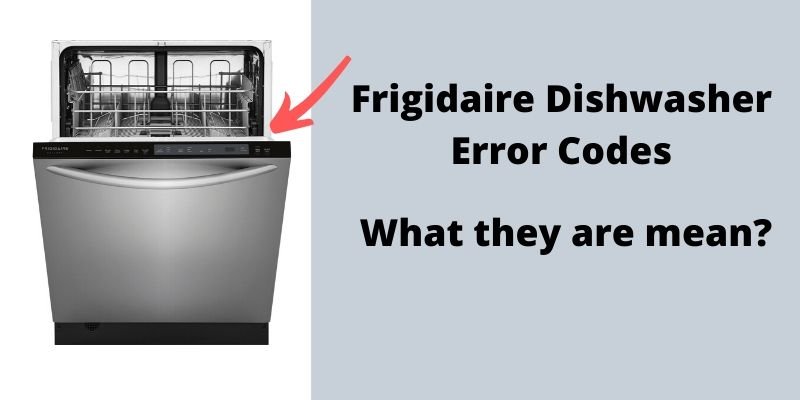
First off, the mysterious “LE” error code that you’re seeing isn’t a puzzle you need to solve without clues. In simple terms, this code indicates a leak detected by your dishwasher. Think of it like your dishwasher waving a small red flag, trying to get your attention. It’s as if your dishwasher is saying, “Hey, there’s water where it shouldn’t be!” Your appliance is designed to keep water inside, cycling it efficiently to clean your dishes. When there’s a leak, it can disrupt this delicate balance, much like a leaking dam letting water escape in the wrong direction.
Understanding the Impact of Ignoring the LE Error
Let’s dig a little deeper into why this tiny error code shouldn’t be ignored. You might be thinking, “It’s just a warning, right?” But here’s the deal: ignoring the LE error can be more like ignoring a warning light on your car’s dashboard. Sure, your vehicle might keep running, but you’re gambling with potential damage. Similarly, overlooking the LE error could lead to more significant problems down the line.
First, consider the damage that can occur inside your dishwasher. When water leaks, it might reach parts of the machine that aren’t designed to get wet, such as electrical components. Water and electricity are not a good mix—like oil and water, they don’t belong together. This unwanted meeting can cause short circuits, leading to appliance failure or even creating a safety hazard in your home.
Moreover, unresolved leaks can lead to water pooling beneath your dishwasher. This sneaky water can cause damage to your kitchen flooring over time, especially if you have wooden floors. Similar to how small drips can eventually erode a rock, persistent leaks can gradually ruin your home’s infrastructure. So, it’s not just about the dishwasher; it’s about protecting your entire home environment from potential water damage.
The Causes Behind the Frigidaire Dishwasher Error LE
So, why does this error happen in the first place? Understanding the root causes can help in preventing it from recurring in the future. One common culprit of the LE error is a faulty door seal. Think of the door seal as the dishwasher’s watertight barrier, much like the seal on a jar that keeps the contents fresh. If the seal wears out or gets damaged, water can escape, triggering the error.
Another potential cause could be a clogged or damaged drain hose. This hose is like the dishwasher’s plumbing system, ensuring water flows out smoothly. When it’s blocked—say, by food particles or other debris—water has nowhere to go but out, resulting in leaks.
Lastly, sometimes the issue might stem from the water inlet valve. This component controls the flow of water into the dishwasher, similar to how a faucet works. If it’s faulty, too much water might enter the machine or not enough, disturbing the balance and causing overflow or leaks.
To help prevent these issues, regularly inspect these components. Check door seals for wear and tear, clean debris from the drain hose, and ensure the inlet valve is functioning correctly.
Steps to Fix and Prevent Future LE Errors
Now that you know the potential hazards and causes, fixing the LE error is the logical next step. If you’re unfamiliar with how to start, don’t fret. Think of this as a simple troubleshooting process, not unlike solving a minor mystery.
Start by turning off and unplugging your dishwasher. Safety first, always. Then, inspect the door seal for visible damage. If it appears worn or cracked, replacing it might be your solution. For the drain hose, a simple unclogging could do the trick. Detach the hose carefully, checking for blockages or kinks. Clear any build-up and reattach it securely.
The water inlet valve might require a bit more attention. If it seems faulty, consider seeking professional help. Replacing this component can be complex, much like performing surgery on a vital organ of your appliance. Professional technicians can ensure the job is done safely and correctly.
In conclusion, treating the LE error with urgency can help you avoid bigger headaches in the future. Regular maintenance and quick action when errors arise will keep your dishwasher running smoothly, saving you on possible costly repairs and home damage. So, next time that error pops up, think of it as your dishwasher whispering crucial information, and don’t hesitate to respond. Your kitchen—and your peace of mind—will thank you.